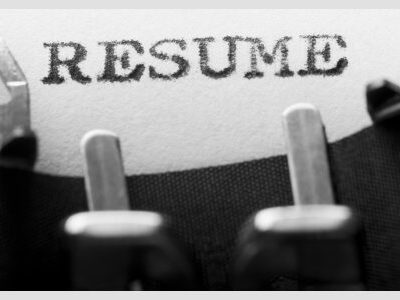While charming your way through a job interview can help, an employer who’s hiring has a resume stack that’s growing. That printed sheet is the first thing they’ll look at—but the first person to see mine was Lisa S. Wong from New York University’s career development office. Let’s see what she had to say:
What It Has
- It’s tight and easy to read. “Recruiters will scan it for key words, skill sets or specific types of experiences,” says Wong. Make your resume like a Hemingway novel: short, sweet and to the point.
- Grammar that’s checked and polished. When in doubt, proofread.
- A “Leadership Skills” section for impressive experiences. “Students undermarket themselves when they neglect to list clubs or organizations,” says Wong. Remember: “Experience” is not restricted to “employment.”
What It Needs
- More detail. Wong suggests more explanation for the kind of degree I’m earning, even courses I’ve taken that are relevant to the job. In the “Experience” section, she recommends bullet-points outlining a position’s responsibilities (most relevant to the desired position). The sentences should begin with strong action verbs instead of pronouns.
- Aesthetics. Most entry-level resumes are one page, and Wong suggests making the most of yours. “List titles, organizations and addresses on one or two lines,” says Wong. “Then space it all out to carry your line of vision to the end of the line.” Italicizing, underlining and bolding will make all this information stand out differently.
- A “Skills” section. This is a great way to finish off a resume, and sneak in any language proficiency or technical skills. If one is required, put this section at the top.
While some of these may seem like minor details, collectively they make all the difference in the world. Getting an employer’s attention sometimes comes down to fitting yourself onto a piece of paper.
BEFORE

AFTER




















